The Ten Most Iconic Character Archetypes in Fighting Games
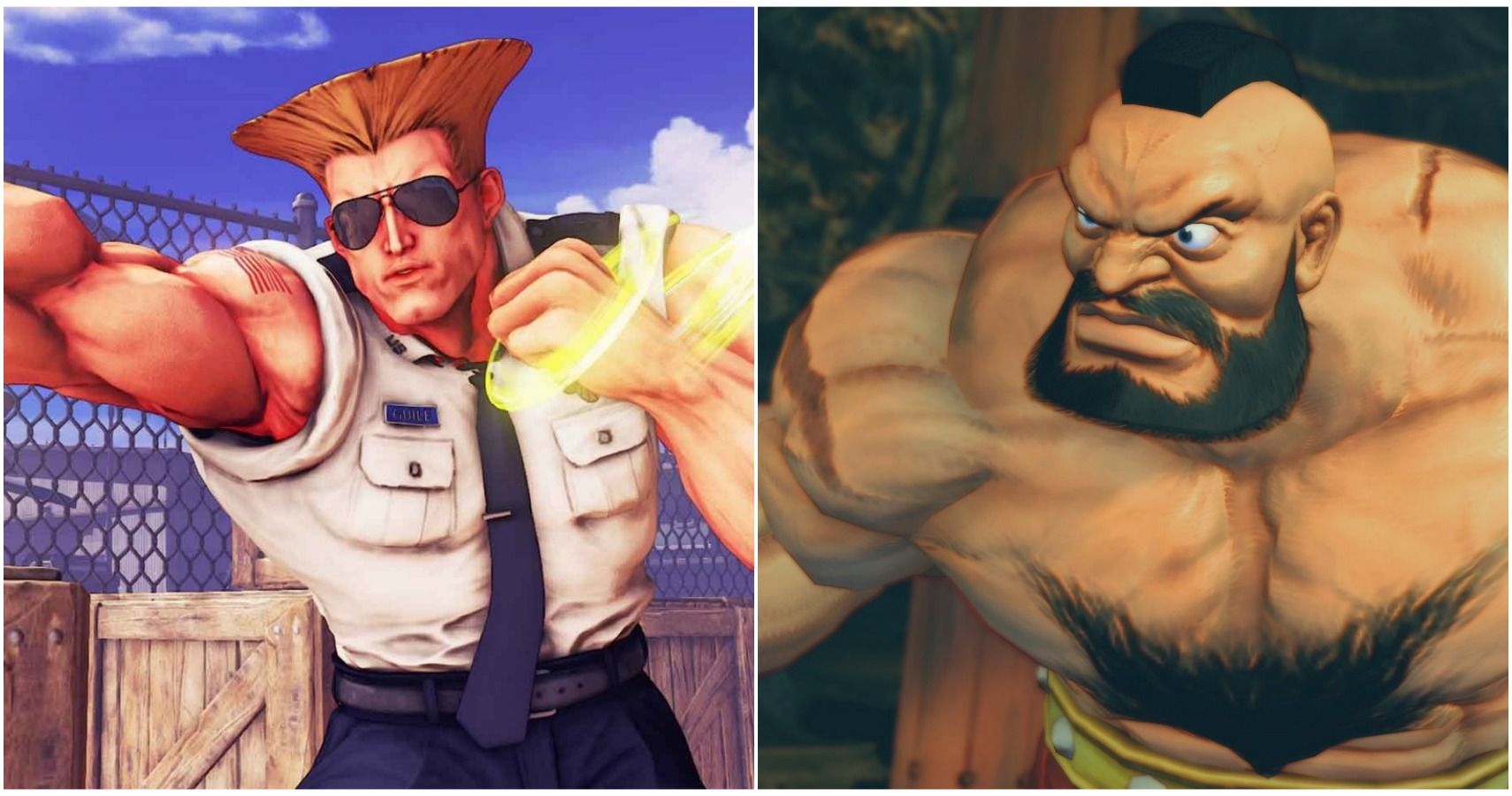
Fighting games possess some of the most iconic and recognizable rosters of characters across the entire medium of video games. Fighting games allow players to express and represent themselves and their play style via diverse rosters of characters that each come alongside their own strengths and weaknesses.
Across the breadth of fighting games, numerous archetypes of characters have formed that function in similar fashion across countless titles, helping players easily identify characters whose play styles may resonate with a given player. So today we're going to dive into the most iconic of these character archetypes in fighting games!
10 Grappler
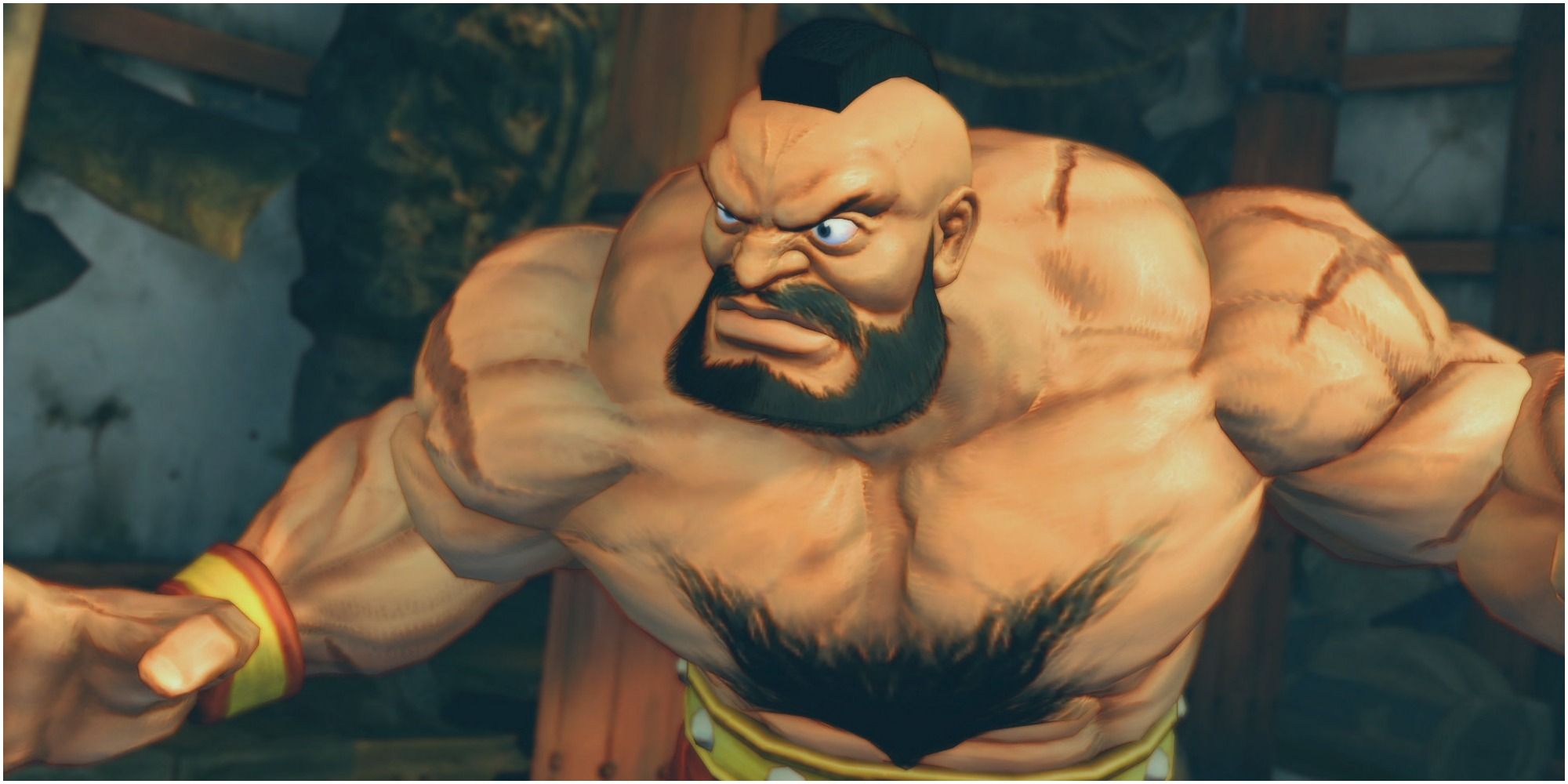
Often characterized by a lack of speed and range, grapplers' biggest strengths are found within their large pools of health, high damage output, and most importantly, their command grabs.
While in most fighting games, each player is capable of grabbing an opponent, grapplers often possess numerous grabs that can be used in different scenarios that can deal huge sums of damage. While grappler's are a force to be reckoned with up close, their weaknesses often lie within their lack of mobility and weak options when facing characters with impressive range and numerous projectiles. Some of the most iconic and recognizable grapplers in fighting games are Street Fighter's Zangief or Tekken's King.
9 Zoner
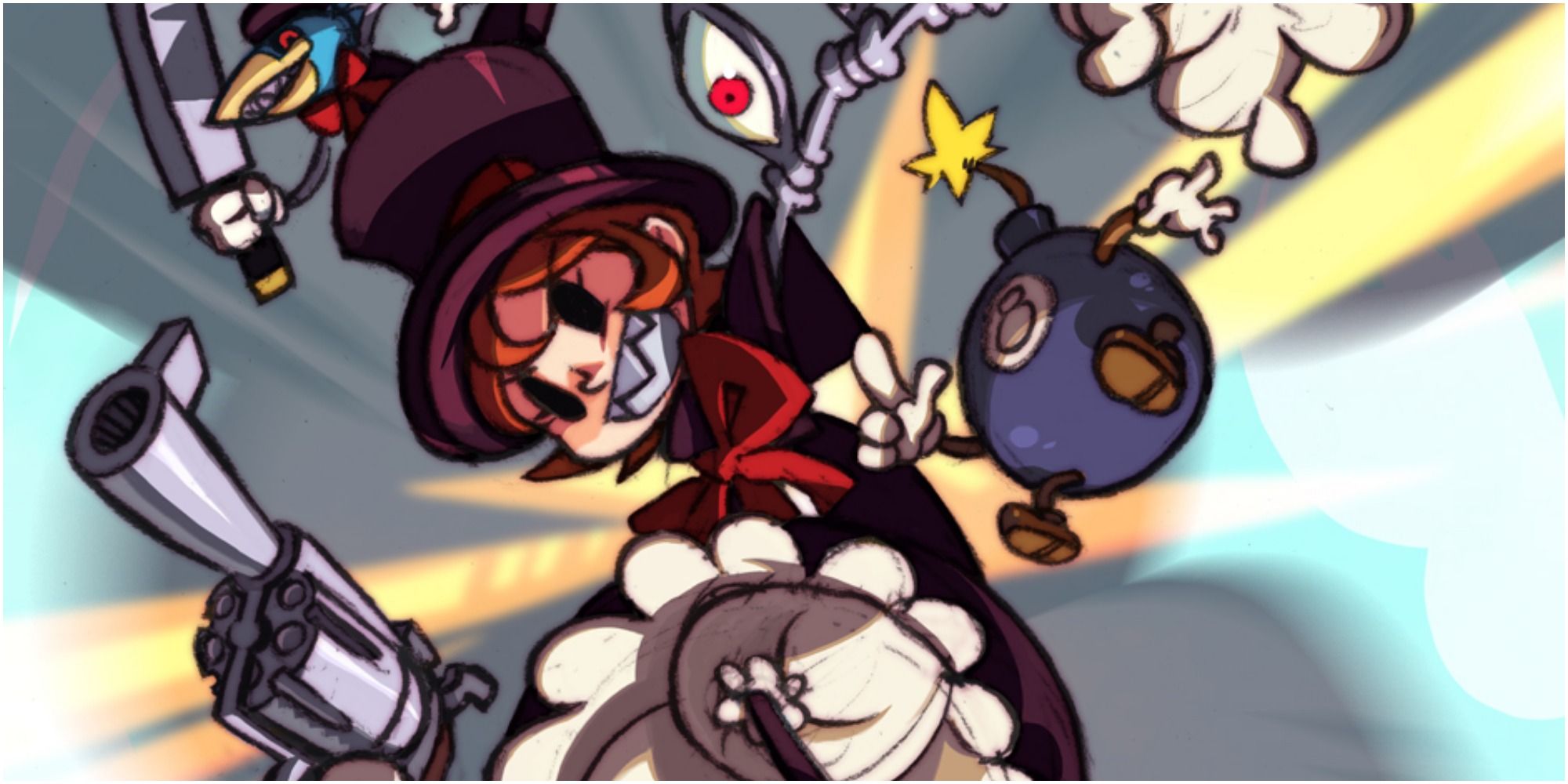
Perhaps one of the most salt-inducing archetypes for newcomers and those unfamiliar with fighting games, zoners are characters whose core strategy relies on the use of projectiles to keep opponents at bay. While zoners will often be frail, possessing little health as well as weaker normal attacks than other characters on a given roster, their capabilities at longer ranges are unparalleled. The key to defeating zoners is simply patience, as correctly utilized jumps, blocks, and reads can often overcome even the most oppressive of projectile barrages.
Our personal favorite zoners in fighting games are Peacock from Skullgirls and Cyclops from Marvel Vs. Capcom 2.
8 Rushdown
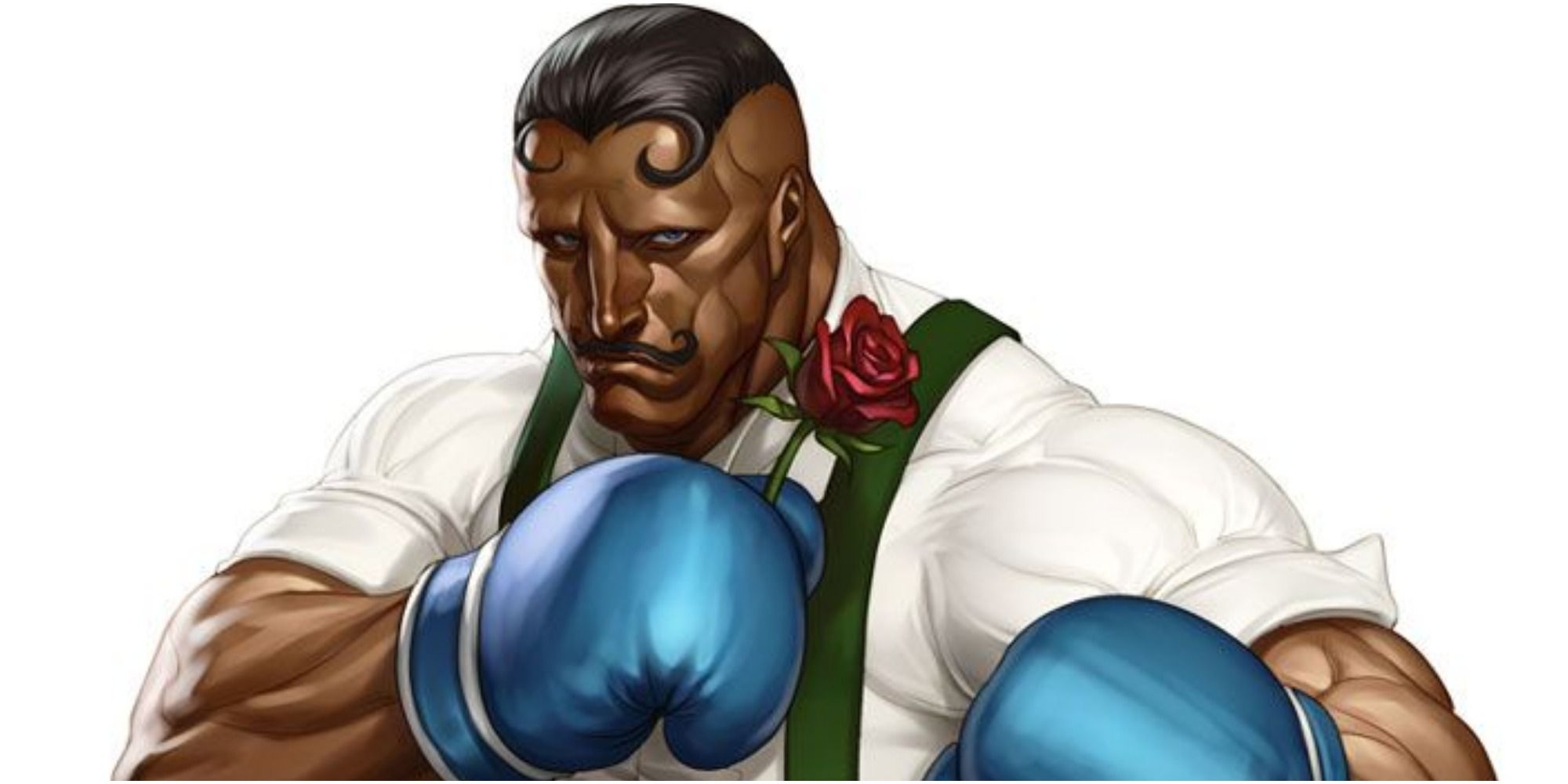
Rushdown characters are characterized by their speed, combo potential, and pressure they are capable of applying to opponents. Seeking to approach other players and get in their face as quickly as possible, what rushdown characters may tend to lack in range, they make up for in speed and damage output. When playing against rushdown characters, the key is often to take the defensive and wait for openings within and between flurries of combos.
Perfect examples of rushdown characters include Dudley from the Street Fighter franchise and Yamcha in Dragon Ball FighterZ.
7 Shoto

Named after Shotokan Karate utilized by iconic Street Fighter characters such Ryu and Ken, Shoto characters are defined by their well rounded moveset that is comparable or even identical to the aforementioned Street Fighter characters. Shotos will often possess a projectile, a strong anti-air option such as a rising uppercut, and a move that provides some kind of forwards momentum. Shoto characters tend to possess few glaring weaknesses, serving as jack-of-all-trades who reward the use of strong fundamentals.
Aside from the Street Fighter shotos we know and love, other shotos include Jago from Killer Instinct and Haohmaru from Samurai Shodown.
6 Charge Character
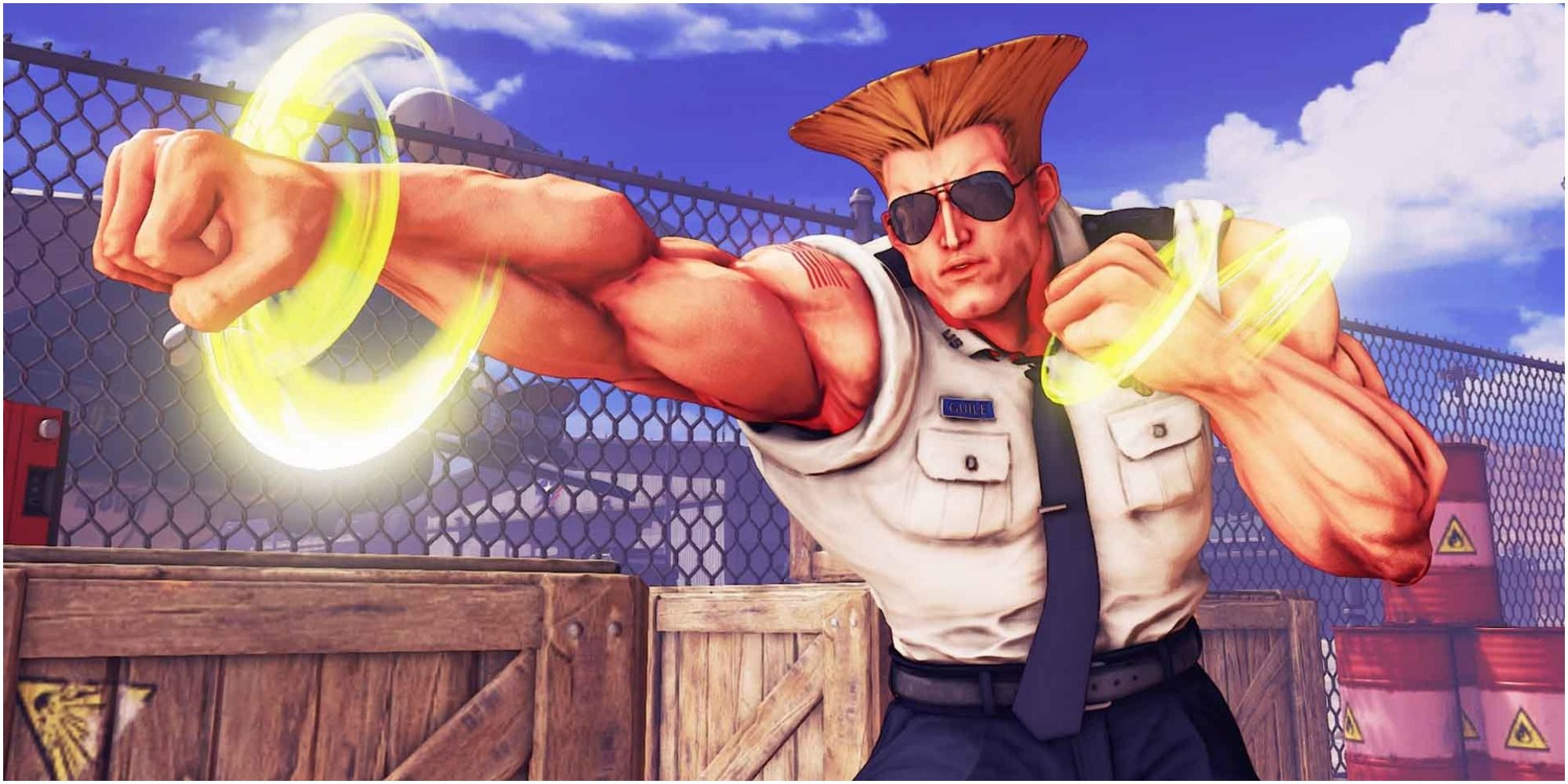
Heavily defense oriented, charge characters are named from the inputs of their special moves, being required to hold back or down for a specified amount of time before being able to attack. This means that in order to utilize such moves, the given character is required to block. These charge moves are often very powerful, incentivizing defense oriented gameplay in order to access them.
Some prime examples of charge characters in fighting games include the iconic Guile from Street Fighter, Vatista from Under Night In-Birth, and Parasoul from Skullgirls.
5 Puppet Character

One of the more complex and difficult to use fighting game archetypes are puppet characters. Puppet character essentially allow a player to control two characters simultaneously, with one entity capable of dealing damage and protecting the frailer actual character. In the hands of an experienced player, stance characters can make an opponent feel outnumbered and at a disadvantage. However, the weaknesses that come alongside a puppet character due to their character's utility effectively being split between two separate bodies is often viewed as not being worth it.
Some characters who most effectively exemplify the archetype include Carl, Relius, and Celica from the Blazblue series and Rosalina and Luma from Super Smash Bros. Ultimate.
4 Stance Character
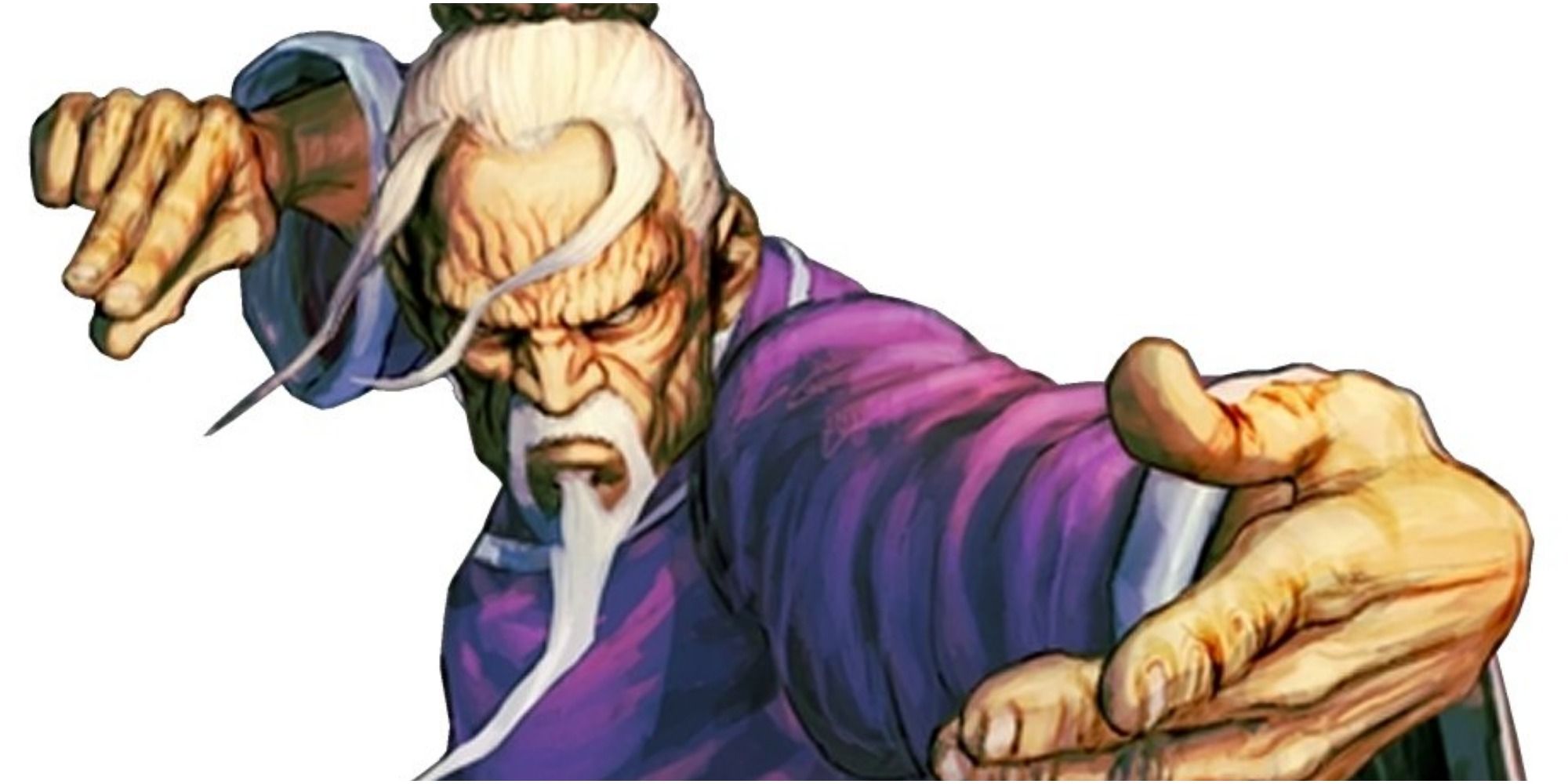
Possessing an extraordinary amount of depth, stance characters are characterized by their ability to change fighting styles mid-match, throwing off opponents and adapting to different scenarios on the fly. Due to the massive amount of moves and applications these characters possess, mastering every aspect of these characters can be an incredibly difficult feat.
Some of our personal favorite stance characters include Aria from Killer Instinct, Tira from Soul Calibur, and Gen from Street Fighter.
3 Mix-Up Character

Instances in which a player is faced with the possibility that their opponent is going to make one of numerous potential decisions, Mix-Ups are a fundamental part of fighting games. Specific games will even feature characters that possess entire movesets that are entirely based around the utilization of mix-ups, forming the archetype of Mix-Up characters. Mix-Up characters will possess numerous moves that have a similar or even identical start up animation that are then followed up by attacks that must be blocked or dodged different ways.
Some examples of inherent mixup characters include El Fruerte, Guy, and Cammy in Street Fighter IV.
2 Composite Character
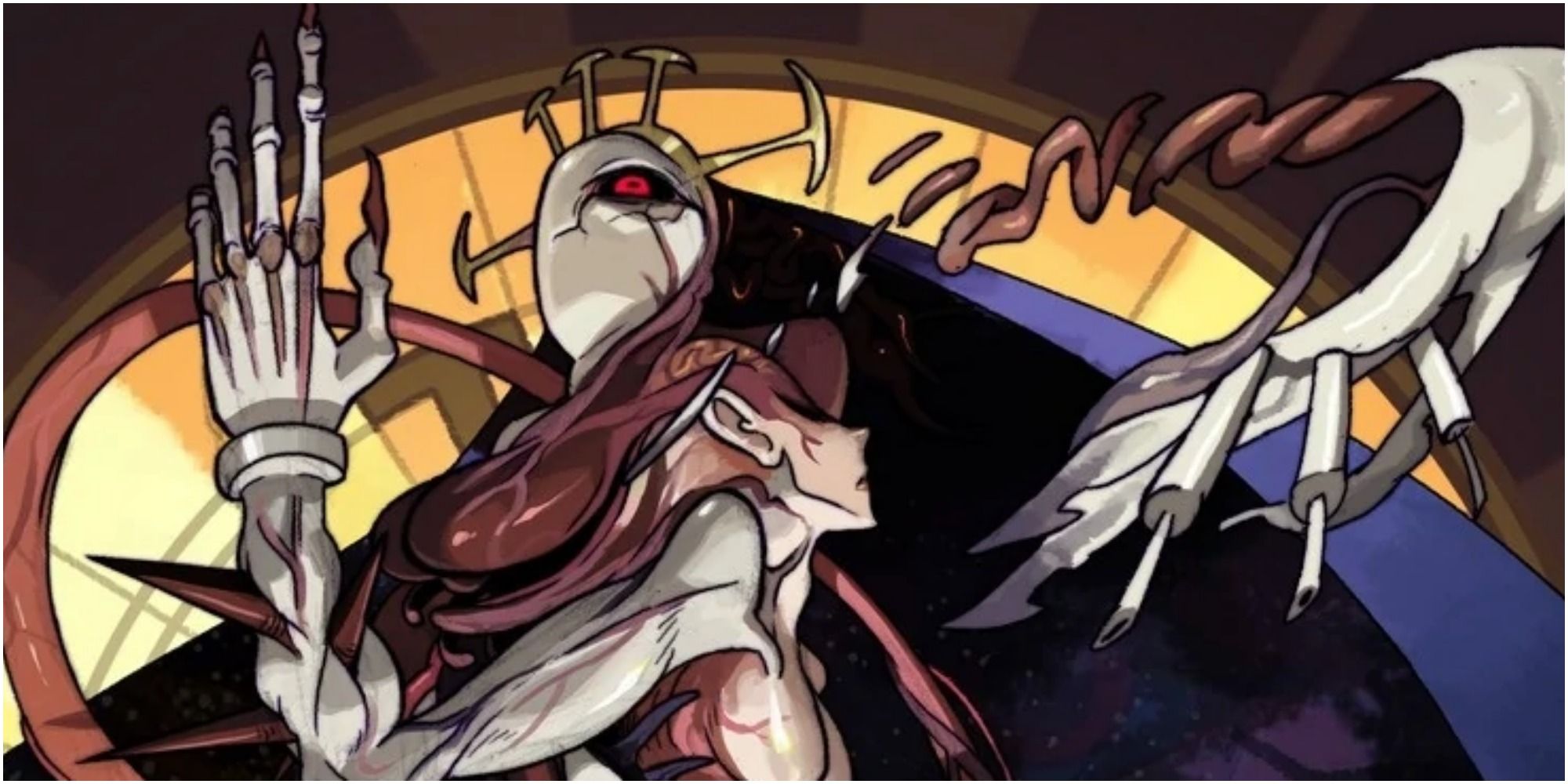
Composite characters are fighting game characters whose moveset is composed of moves from other characters within the given game. This often lends them to be some of the most flexible characters on a roster, possessing numerous elements other archetypes from this list. In the case of characters like Seth from Street Fighter IV, this flexibility and diverse moveset comes at the expense of health, leading the character to possess very little health.
Aside from the previously mentioned Seth, other composite characters include Double from Skullgirls who directly transforms into other characters as she attacks and Shang Tsung in Mortal Kombat 11, who utilizes numerous moves of other characters in the Mortal Kombat series.
1 Joke Character

Intentionally weak and lacking power, joke characters are often strictly worse variations of another character within the game. Joke characters while usually not used within competitive play, have been used in tournaments in the past as a form of directly taunting another player to throw them off their game.
Few characters are as synonymous with a character archetype as Street Fighter's Dan Hibiki and joke characters. A strictly weaker version of Ryu, Dan's projectiles disappear immediately upon being thrown, and his moves possess terrible range and power. To top it all off, Dan possesses the ability to use his entire super-meter just to taunt.
from Game Rant - Feed https://ift.tt/3cjbJ7c


0 Comments